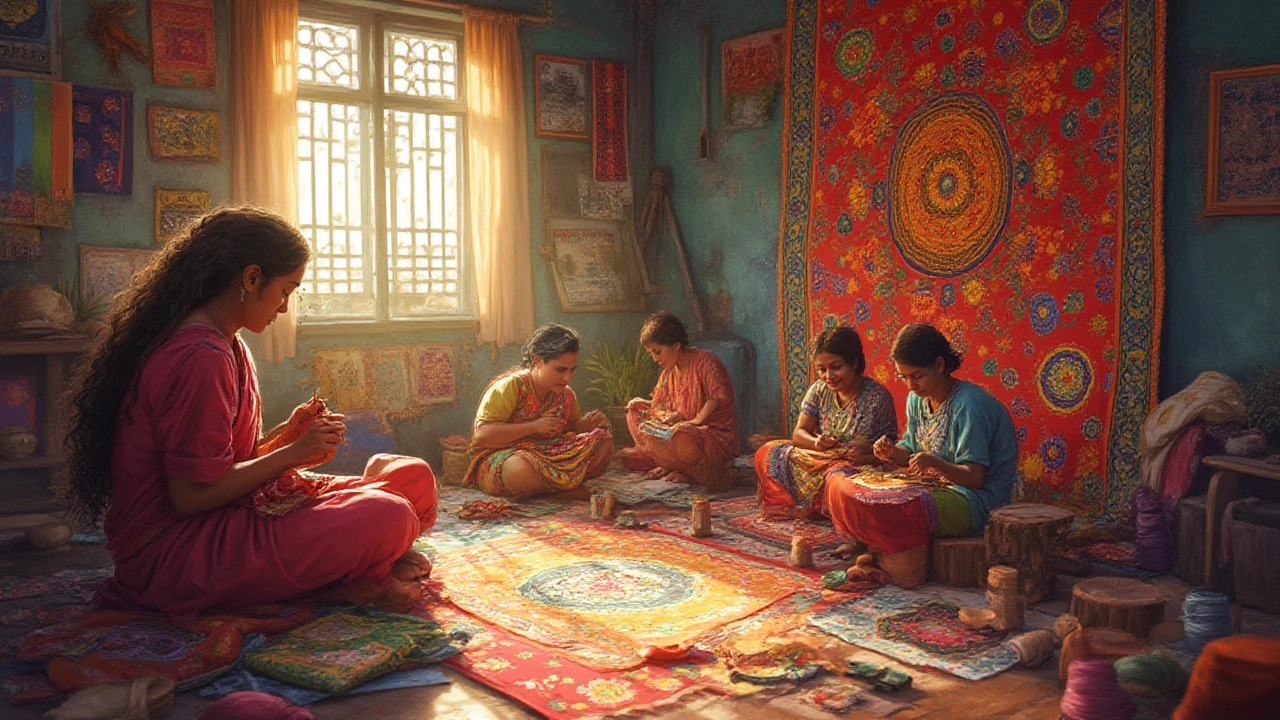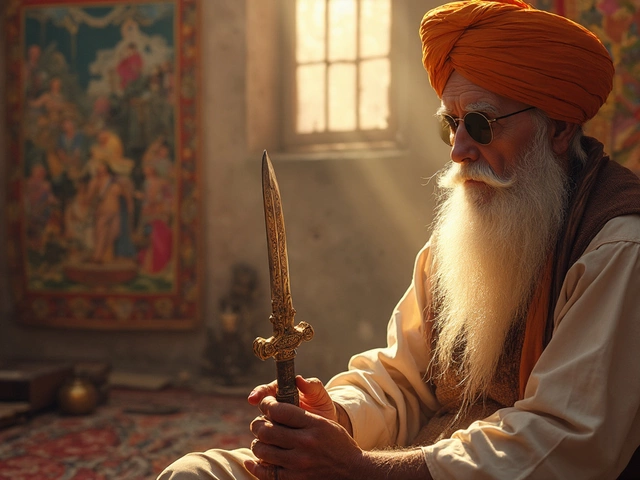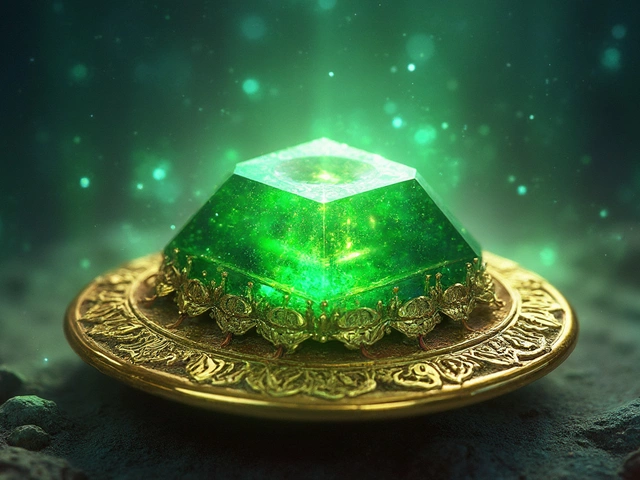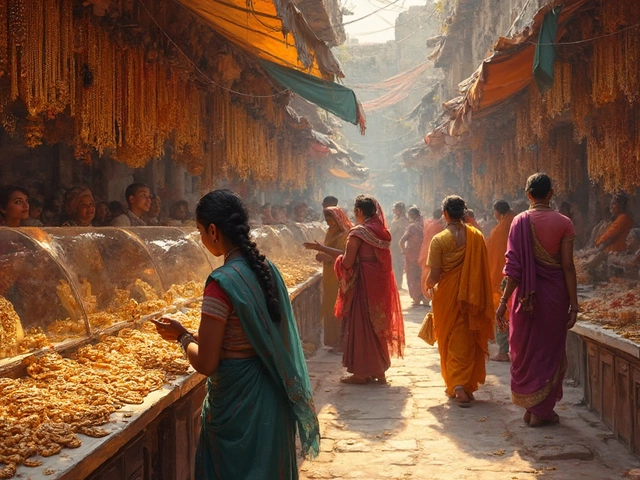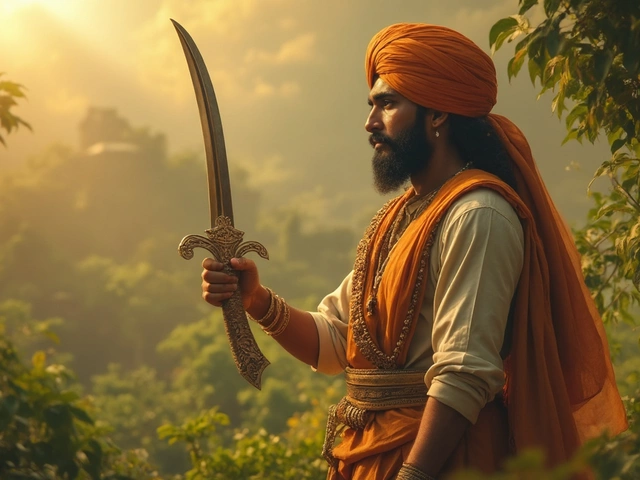Indian Embroidery: What It Is and Why It Matters
If you’ve ever seen a vibrant saree or a hand‑stitched wall hanging, you’ve probably encountered Indian embroidery. It’s a craft that mixes bright threads, simple stitches, and centuries‑old stories. The work behind each piece is done by skilled hands who learned the art from family members or community workshops.
Types of Indian Embroidery
India is huge, so the stitches vary a lot from one region to another. The most talked‑about styles are:
- Kantha – Originating in Bengal, Kantha uses running stitches to layer fabric and create soft, quilt‑like designs. It’s often made from old saris and looks cozy.
- Nakshi Kantha – A fancier version of Kantha, Nakshi adds decorative motifs like flowers, animals, and geometric patterns. The word “nakshi” means “embellished.”
- Zardozi – Heavy gold or silver thread work that appears on wedding outfits and luxury home décor. The stitches are dense and sometimes include tiny beads.
- Phulkari – From Punjab, Phulkari means “flower work.” The stitches are bold, colorful, and usually cover the entire fabric with floral designs.
- Mirror work (Shisha) – Small mirrors are stitched into the fabric, creating sparkle that catches the eye. It’s popular in Rajasthan and Gujarat.
Each style tells a bit about the place it comes from. If you love a relaxed look, Kantha might be your pick. For something dramatic, try Zardozi.
Buying & Caring Tips
When you shop for embroidered items, keep these things in mind:
- Check the stitching. Good work has even, tight stitches with no loose ends. Tug gently to see if the thread holds.
- Look at the fabric. Natural fibers like cotton, silk, or linen let the embroidery breathe. Synthetic fabrics may feel stiff.
- Ask about the origin. Craftspeople often label pieces with the region or a “hand‑made” tag. That helps you verify authenticity.
- Know the care method. Most embroidered items need hand washing in cold water. Avoid harsh detergents that can break the thread.
- Store properly. Lay flat or roll without folding the embroidered side. Use breathable cloth bags to keep dust away.
One of our readers loved the article “Kantha vs Nakshi Kantha: Key Differences, Traditions, and Style Insights.” It gives a deeper look at why Nakshi pieces cost more – the extra time spent on motifs and the use of finer thread.
Buying from a reputable seller, like a local craft fair or a trusted online shop, also protects you from low‑quality knock‑offs. When you see a piece that feels right in your hands, it’s often a sign the maker took pride in the work.
Finally, think about how you’ll use the item. A Kantha blanket works great as a cozy throw on a couch. A Zardozi table runner adds glamour to a dinner party. Matching the purpose with the style makes the embroidery part of your daily life, not just a decorative showpiece.
Indian embroidery isn’t just a pretty pattern – it’s a living tradition that brings color, history, and skill into modern homes. Whether you pick a simple Kantha pillow or a lavish Zardozi gala dress, you’re supporting artisans and keeping a beautiful craft alive.
Sujni vs Kantha: Key Differences in Indian Embroidered Textiles
Confused about sujni and kantha embroidery? Explore the origin, stitch techniques, stories, and modern uses to understand the real difference between these handcrafted wonders.
